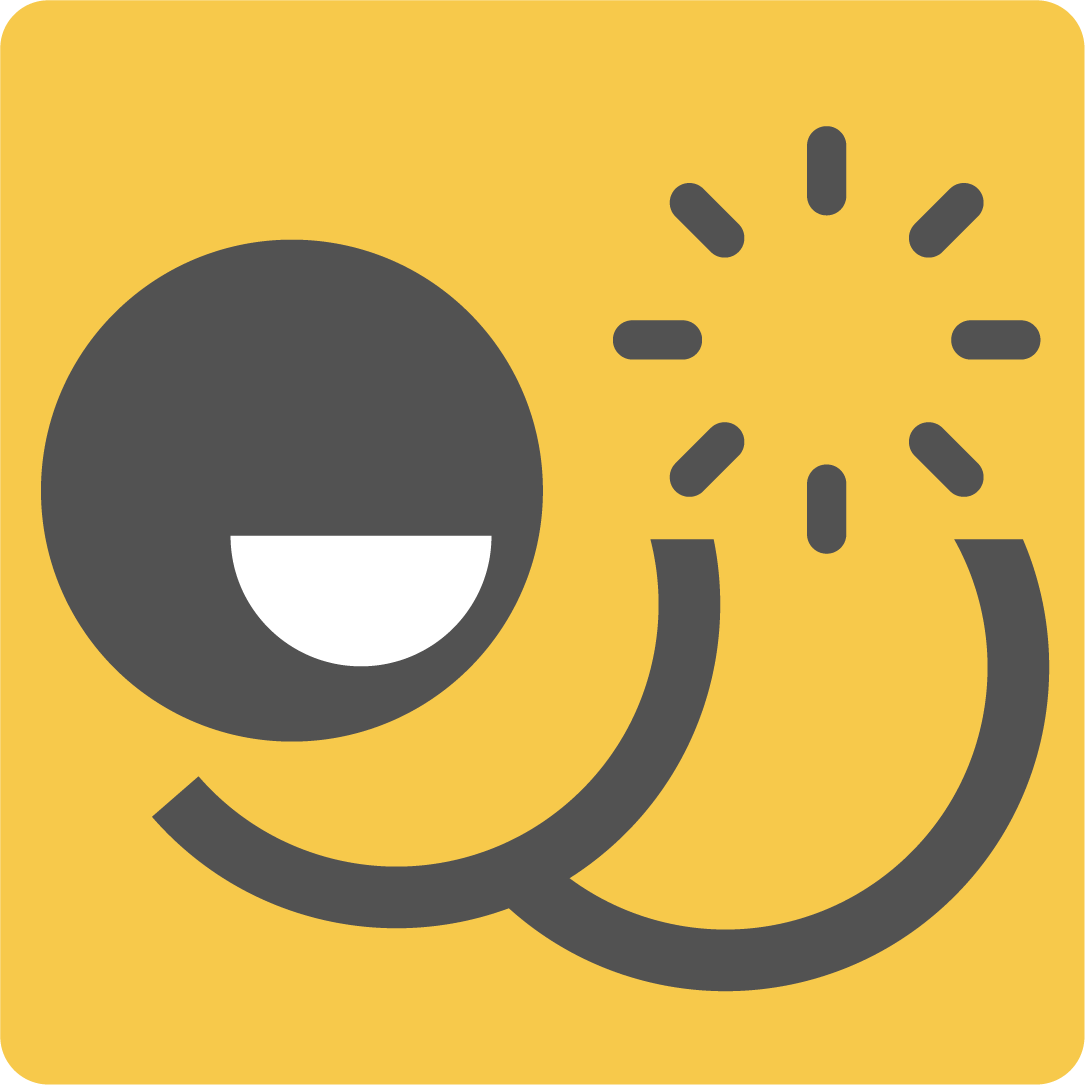Journaling About Creativity, Design, and Collaboration: 19. Points of View
Continuing this series, where I share one page and transcription of a handwritten journal entry.
Points of View
You see and perceive,
feel, experience,
and go about your day.
You have a point of view.
A perspective you use instinctually
to interpret the meaning
of the world around you.
Other beings do this too.
Brief reaction to transcribing this page.
Perspective taking. It's one of the most foundational elements of being able to design with and for others.
We also have perspective taking in our day to day media:
Storytelling and seeing stories in the world around us. Whether telling someone about your day, reading books and comics, watching shows of all kinds, we're into stories in some form frequently. When we learn about another's perspective in a story we get to have moments of learning and empathy where we get invested in what might happen next.
Games are another place where we can take on roles, characters, other perspectives. We see a point of view in how the experience is presented, the choices we have, and feedback as we choose. As players we can change the narrative flow in some games like table top role playing and some types of video games.
Creative work, collaboration, design perspective taking:
Then in design we can use personas, scenarios, stories, and journeys to connect with what it's like to be someone else.
We can use perspective taking to learn other's point of view with our collaborators and stakeholders too. I've found it helpful in teams who at the start of a project each have a separate idea of success.
Design workshops and collaborative work sessions help teams that are close to being ready to work together.
If there's less common ground and motivation to collaborate, I've found interviewing others can help find common needs. Create and present a shared story with an inclusive approach that positions everyone's voice, recognizes differences, and recognizes common ground. Now you have a narrative to move forward and build together.
What could go wrong with perspective taking?
In the collaboratively tense situations people don't always feel safe and don't trust that their perspective will be included.
If you're working with a team that believes and lives principles of inclusion and kind collaboration it still can be difficult when you're connecting with other teams that have low trust. The worst case is being in a situation where the funding source and supporting leadership don't share your principles of inclusion and kind collaboration.
Perspective taking is powerful when:
people care to learn from others
and are willing to adapt based on what they learn
The combination of perspective taking and learning is what creates real inclusion and co-creation.


